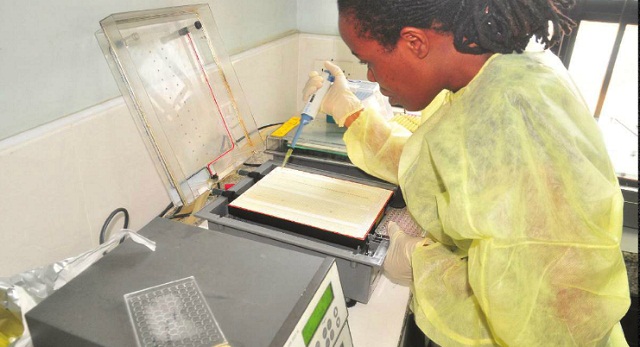
SPECIAL FEATURE | THE INDEPENDENT | Malaria remains one of the most devastating infectious diseases, causing high morbidity and mortality especially in sub-Saharan Africa.
In Uganda, malaria is endemic in approximately 95% of the country, affecting over 90% of the population up to 20% of all hospital deaths.
Malaria is the leading cause of morbidity and accounts for 30-50% of out-patient visits at health facilities, 15-20% of all hospital admissions, and up. To 20% of all hospital deaths.
Between 2015 and 2019, a total of 23,022 malaria deaths were reported, leading to an overall incidence of 62 deaths/100,000.
However, according to official Ministry of Health statistics, malaria deaths have generally significantly declined over the last five years. The overall incidence among those aged 5+ years was 43.2/100,000 and for those 5+ years was 5.8/100,000.
The National Malaria Control Division has put in place several interventions to fight malaria including long lasting insecticidal nets, mass campaigns and rapid diagnostic testing kits distribution.
Researchers say the need for an accurate, simple, and inexpensive method to diagnose malaria has become increasingly urgent.
The National Medical Stores (NMS), a government agency tasked with the procurement, storage and distribution of medicines and health supplies in public health facilities, distributes rapid diagnostic tests (RDTs) across Uganda.
Doctors say, based on detection of Plasmodium antigens, RDTs now represent a more practical diagnostic tool than traditional light microscopy.
Kasese District Health Officer, Dr. Yusuf Baseka, says without NMS’ consistent supply of RDTs and drugs, the number of malaria patients would escalate at unprecedented levels.
“Malaria cases have not only decreased among the adults but also in the infants under five years of age,” Dr Baseka, emphasizing, “we have been able to do so because of the availability of RDTs supplied by NMS.”
He added: “because of RDTs, the health workers are able to make a correct diagnosis and treat patients on time.”
For the case of malaria, doctors will administer the diagnosis within 24 hours and consequently, this child would have already received an anti- malaria drug.
Besides that, Dr. Baseka reveals blood transfusions among the children who are under five years have reduced significantly (statics) because they are able to treat malaria in time.
“One of the leading causes of anemia is malaria. But because it’s detected and treated early, we are seeing a limited number of children less than five being transfused,” he says.
With the total number of 128 facilities, there are 4800 (Village Health Teams VHT) which makes the work easier in the district.
Dr. Baseka says every village has a VHT which distributes the drugs to the affected people hence reducing the effects of the disease.
Since NMS makes the drugs easily available, every person who has been tested and found positive is able to acquire them.
Both the World Health Organization and the Ministry of Health of Uganda promote “test and treat” guidelines, which recommend all suspected malaria cases be confirmed with a diagnostic test prior to treatment.
RDT use in public facilities in Uganda is high, with an estimated diagnostic testing coverage of 84%.
However, Dr Jimmy Opigo, the Head of the Malaria Control Program at the Ministry of Health recently said while there are RDTs, Ugandans need to use mosquito nets.
He said a lot of money is used to purchase the nets and as such, they should be used for their intended purpose and not misused.
“Prevention is better than cure,” he said, adding, Uganda spends over Shs 400bn on mosquito nets to distribute across the country.
 The Independent Uganda: You get the Truth we Pay the Price
The Independent Uganda: You get the Truth we Pay the Price


